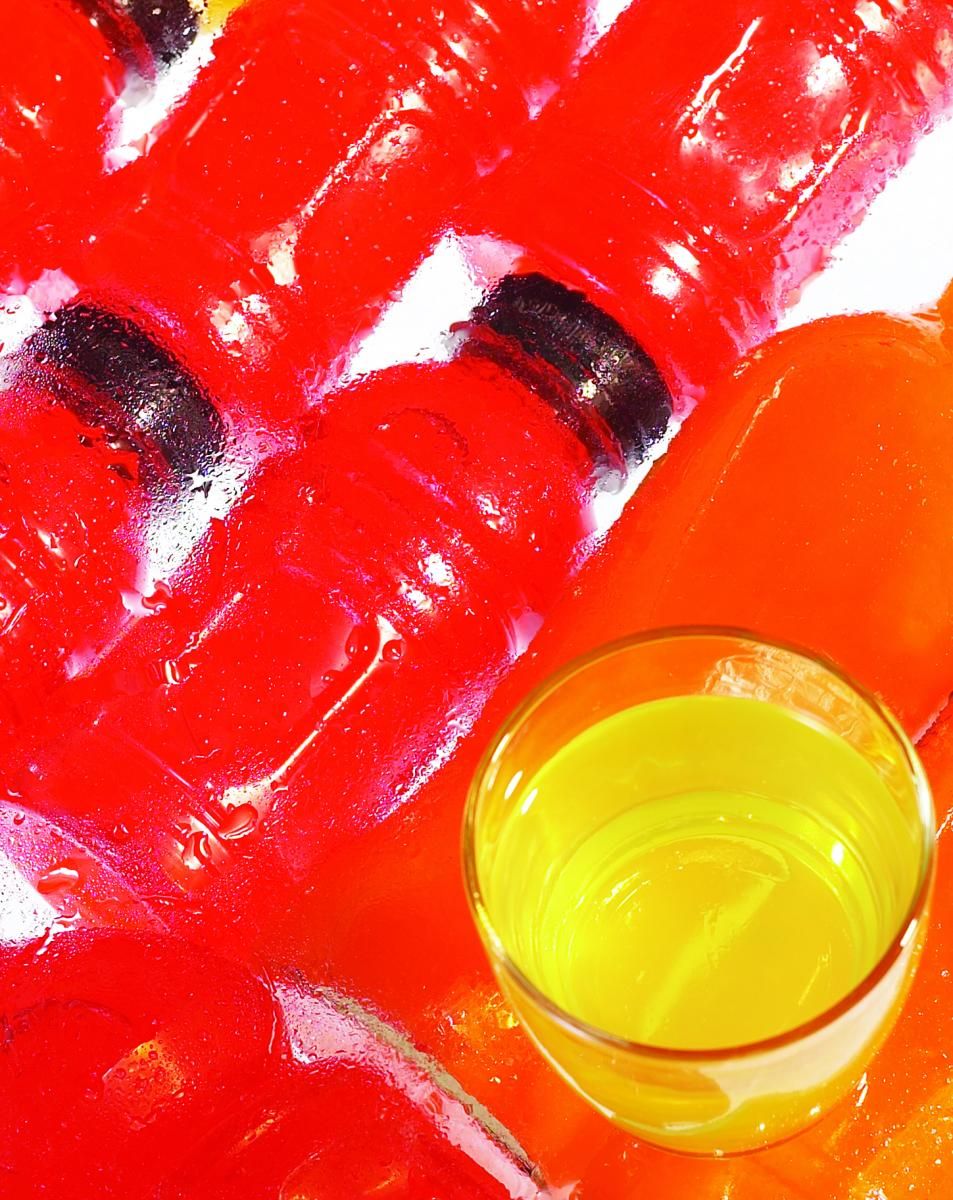Consumers Prefer Blends of Soy and Dairy in High-Protein Beverages, Study Suggests
New consumer research from DuPont Nutrition & Health suggests consumers prefer the flavor of high-protein beverages formulated with both dairy and soy proteins.
Photo © iStockphoto.com/BigRedNose

New consumer research from DuPont Nutrition & Health suggests consumers prefer the flavor of high-protein beverages formulated with blends of dairy and soy proteins over beverages that just contain either protein type alone.
The findings come from DuPont’s multi-phase, proprietary Beverage Key Drivers of Liking Study, which was designed to provide a comprehensive review of consumer attitudes towards ready-to-drink (RTD), high-protein beverages. The study involved a trained descriptive panel that profiled the flavor of more than 65 commercial high-protein beverages to create a “sensory map,” followed by consumer panels in three U.S. cities that evaluated 20 beverages. The beverages studied were both commercial and DuPont prototypes, and contained 8–20 grams of protein per 237 ml serving.
One key finding of the study was that consumers favored the taste of beverages formulated with both dairy and soy protein, rather than protein beverages that were only dairy-based or only plant-based.
“This study adds to existing data confirming the benefit of soy and dairy blends in driving better flavor in the category,” said Colleen Conley, principal scientist of sensory science and main study collaborator. “All proteins, including dairy and soy, have inherent positive and negative flavor attributes. By blending them you can create formulas that maximize their positive attributes and minimize any negatives.”
The finding that consumers prefer protein blends may allow DuPont to better serve its customers by improving the taste of products, although the benefits don’t end there.
“Blending protein sources not only improves product flavor, but it also can help manage formulation costs, as soy proteins are more cost-effective than dairy proteins, and less susceptible to supply and price volatility,” said Jean Heggie, marketing lead, DuPont.
The study also found that consumers consider taste to be the most important criteria when choosing a high-protein beverage, while actual protein content ranked second. Additionally, consumers believed that 25 grams of protein per serving was the ideal protein content, according to DuPont. What’s more, the perception of an ideal 25-gram protein content was consistent across consumer segments, whether it was consumers using high-protein beverages for weight loss, as a meal or snack alternative, or as a supplement before or after exercise.
“These findings are significant for beverage formulators because they provide target levels that could inspire innovation and widen the protein palette, opening up options to diversify and blend protein sources,” Conley said.
Read more:
Top Health Concerns Similar among Consumers, Suggests New DuPont Research
2016 Flavor Trends for Food and Beverage
How Big a Threat Is Plant Protein to Dairy Protein?
Michael Crane
Associate Editor
Nutritional Outlook Magazine
michael.crane@ubm.com









